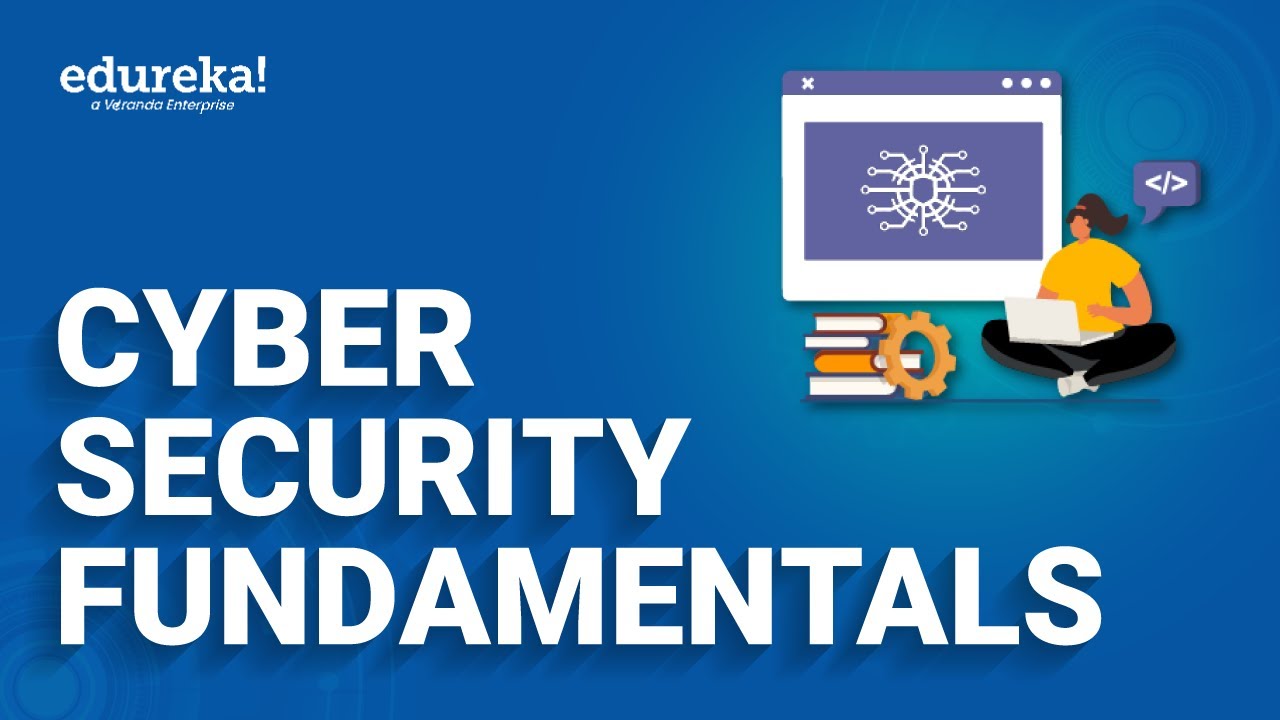CompTIA Security+ Full Course: Attack and Attacker Categories
Summary
TLDRThis video delves into the essentials of cybersecurity, focusing on risk assessments and attack categorization. It explains how vulnerabilities and threats are assessed to determine potential risks to a company. The video also explores different types of attackers, including external and internal threats, as well as various motivations such as financial gain, espionage, and political agendas. Additionally, the script covers common attack vectors like email, USB drives, and wireless networks, emphasizing the importance of securing all entry points and understanding attacker tactics. The discussion highlights the increasing sophistication of modern cyber threats and how businesses can better protect themselves.
Takeaways
- 😀 Risk assessment involves understanding vulnerabilities (weaknesses) and threats (potential exploits), with risk being the combination of both.
- 🤖 Attackers can be categorized as internal or external, with internal attackers posing a significant risk due to their access to systems.
- 🕵️♂️ Types of attackers include hackers (black-hat, white-hat, gray-hat), script kiddies (inexperienced hackers), and APT groups (advanced persistent threats sponsored by nation-states).
- 💰 Criminal syndicates and competitors may also be attackers, motivated by financial gain or business rivalry.
- 🔑 Insider threats can be intentional (malicious insiders) or unintentional (due to carelessness or poor practices like shadow IT).
- 🧠 Attackers' motivations range from financial gain to political agendas, revenge, or even curiosity.
- 🔌 Attack vectors include email (phishing, malware), removable media (USBs), and wireless networks (eavesdropping, man-in-the-middle attacks).
- 💻 Websites and social media are often used for social engineering attacks, where attackers impersonate legitimate employees or external entities to gain sensitive information.
- 🔐 Local workstation access poses a risk when employees leave their workstations unattended, allowing unauthorized individuals to access critical systems.
- ☁️ Cloud environments are vulnerable to attacks, especially due to weak authentication and access controls, which could compromise critical infrastructure and data.
- 🛠️ Supply chain attacks involve compromising hardware or software during manufacturing or delivery, potentially leading to widespread exploitation if not detected.
Q & A
What is the purpose of a risk assessment in cybersecurity?
-A risk assessment in cybersecurity helps organizations identify vulnerabilities in their systems and evaluate the potential threats that could exploit these weaknesses. It aims to understand the likelihood and impact of these risks to better prioritize and mitigate them.
What are the key differences between internal and external attackers?
-Internal attackers, or insider threats, are individuals within the organization who misuse their access to compromise systems, while external attackers are outsiders attempting to penetrate systems through various methods like hacking, phishing, or social engineering.
What are Advanced Persistent Threats (APTs) and how do they differ from typical cyberattacks?
-APTs are sophisticated, long-term cyberattacks where the attacker maintains a covert presence within a network, often for months or years, to gather information or disrupt operations. Unlike typical one-off attacks, APTs involve sustained and stealthy actions aimed at critical infrastructure or high-value targets.
What role does social engineering play in cybersecurity threats?
-Social engineering is a technique where attackers manipulate individuals into revealing confidential information or performing actions that compromise security. This often involves impersonating trusted entities, such as IT support, to deceive employees into revealing passwords or clicking malicious links.
Can you explain the 'Parking Lot Attack' method?
-A Parking Lot Attack involves an attacker leaving infected USB drives in public areas, such as parking lots, in the hope that employees will pick them up and plug them into company computers. This allows malware to spread directly into the organization's network, bypassing external firewalls and security controls.
Why are wireless networks considered a significant security risk?
-Wireless networks are more vulnerable because their signals can be intercepted from outside the organization’s physical perimeter. Attackers can potentially eavesdrop on encrypted traffic, crack authentication credentials, or launch man-in-the-middle attacks to hijack communications.
How do supply chain attacks pose a risk to organizations?
-Supply chain attacks target third-party vendors or suppliers that provide software or hardware to an organization. By compromising the production process or injecting malicious code into a legitimate product, attackers can gain access to the target company's systems when those products are deployed.
What are the dangers of unsecured USB drives in the workplace?
-Unsecured USB drives can introduce malware into an organization’s network when plugged into company computers. Attackers often use these drives as physical tools to distribute malicious software, bypassing network security measures like firewalls and intrusion detection systems.
Why is protecting cloud credentials critical for modern organizations?
-Cloud environments are increasingly used to host critical infrastructure and resources, and many companies rely on cloud services. However, these environments are often protected by simple credentials such as usernames and passwords or API keys, making them vulnerable to attacks if credentials are compromised.
What is a 'man-in-the-middle' attack in the context of wireless networks?
-A man-in-the-middle (MITM) attack occurs when an attacker intercepts and potentially alters communications between two parties without their knowledge. In wireless networks, attackers can intercept and manipulate data transmitted between devices and the network, gaining unauthorized access to sensitive information.
Outlines

This section is available to paid users only. Please upgrade to access this part.
Upgrade NowMindmap

This section is available to paid users only. Please upgrade to access this part.
Upgrade NowKeywords

This section is available to paid users only. Please upgrade to access this part.
Upgrade NowHighlights

This section is available to paid users only. Please upgrade to access this part.
Upgrade NowTranscripts

This section is available to paid users only. Please upgrade to access this part.
Upgrade NowBrowse More Related Video
5.0 / 5 (0 votes)





